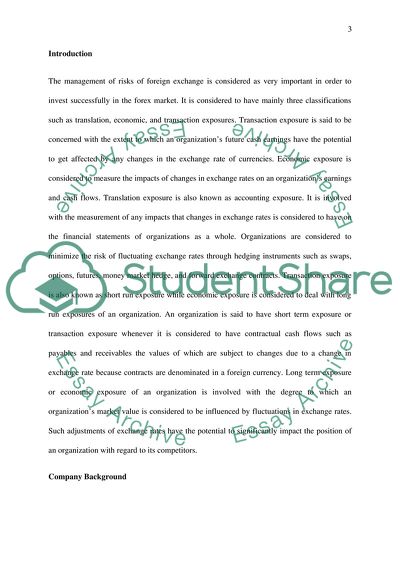Cite this document
(International Investment Analysis Essay Example | Topics and Well Written Essays - 2500 words, n.d.)
International Investment Analysis Essay Example | Topics and Well Written Essays - 2500 words. https://studentshare.org/finance-accounting/1817251-international-investment-analysis
International Investment Analysis Essay Example | Topics and Well Written Essays - 2500 words. https://studentshare.org/finance-accounting/1817251-international-investment-analysis
(International Investment Analysis Essay Example | Topics and Well Written Essays - 2500 Words)
International Investment Analysis Essay Example | Topics and Well Written Essays - 2500 Words. https://studentshare.org/finance-accounting/1817251-international-investment-analysis.
International Investment Analysis Essay Example | Topics and Well Written Essays - 2500 Words. https://studentshare.org/finance-accounting/1817251-international-investment-analysis.
“International Investment Analysis Essay Example | Topics and Well Written Essays - 2500 Words”. https://studentshare.org/finance-accounting/1817251-international-investment-analysis.


